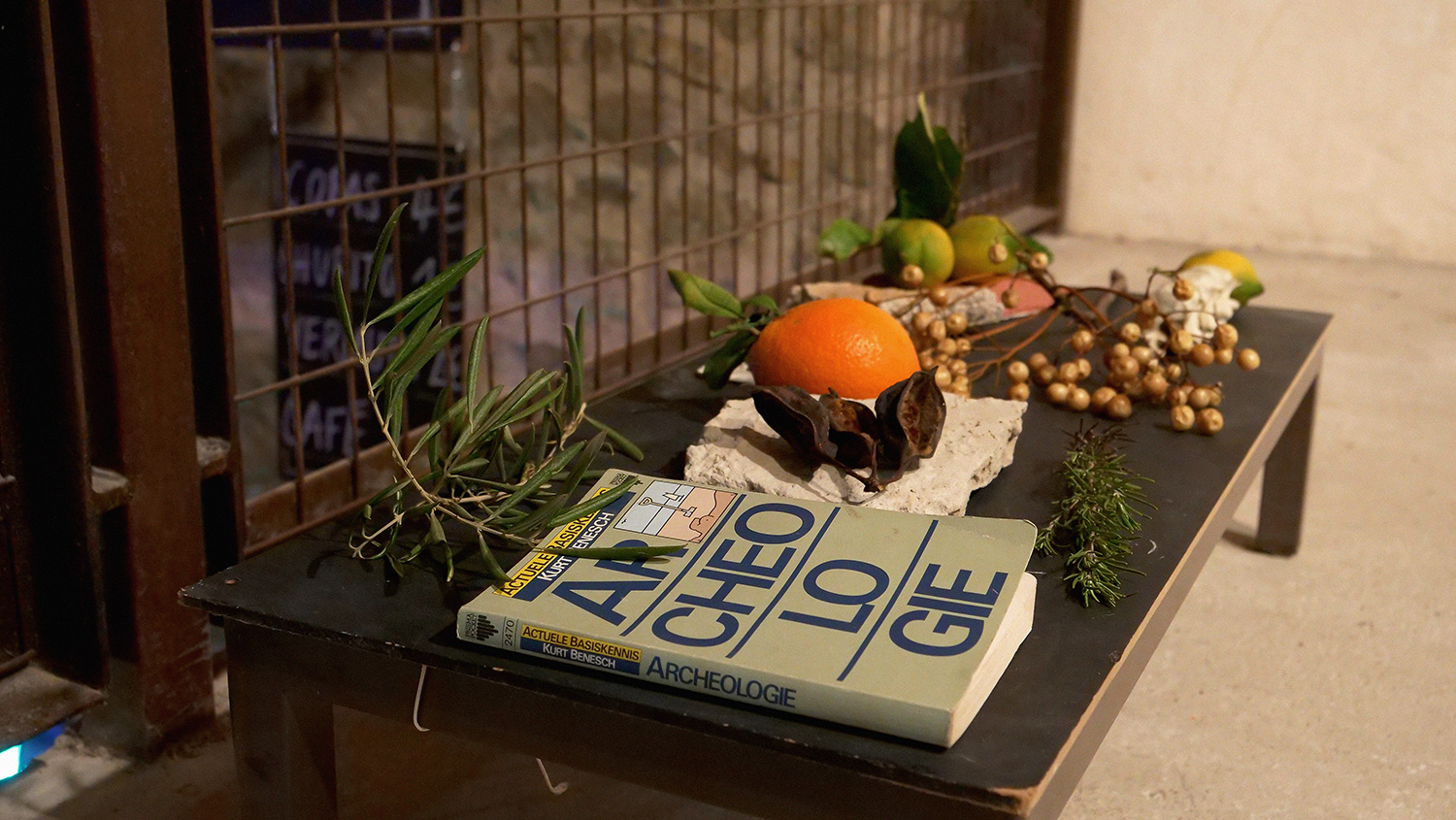
10 Apr Anneloes Gerdien
Residence period: January-February 2019
Web
January 2019
Wasted Wood
In the work of Anneloes Gerdien the process is just as important as the final outcome. Using dialogue with a new environment as a medium to reinvent herself, Anneloes blends her artistic practice with an archaeological approach. She works with found, seemingly useless objects, giving them a new artistic objective, turning them into her ‘own little sculptures’.
In the first days of her residency, Anneloes started to discover her surroundings by walking in the landscape and collecting objects that lost their original purpose. Rather than enforcing power over them, she used these objects as a trigger and starting point shaping the creative process. In other words, it is not only the object adapting to the artist’s imagination but also the artist adapting to the unique characteristics of the object. Therefore the act of cleaning and preparing, followed by a free and intuitive way of painting, is guided by the purpose of examining and revealing the character and organic structures of a specific piece. At the same time, the use of a soft but colourful and contrasting palette reflects the dialogue between the artist and the particular environment of Blanca.
At the open studio visitors can gain insight into Anneloes’ artistic practice by choosing an object for the artist to reinvent. Later the lifespan of the artifacts becomes independent of the artist again, as the visitors can take the reborn pieces with them at next month’s open studio.
February 2019
In her second month of residency Anneloes continued her work by finishing the pieces she started during the previous open studio, where visitors could pick from found objects for the artist to reinvent. After finishing those pieces she was searching for a new blank canvas which would allow her to move around freely. The paintings we can now see on the walls are the results of this quest.
During her artistic process Anneloes is not imposing a notion on the materials, instead she is adapting to their inherent attributes. This time she uses the rearrangement of the space as a turning point, a catalyst for a refreshing recontextualisation. By changing the position and angle of the pieces the artist contemplates about her role by acknowledging the possible autonomy of the artworks, their potential independence from the artist, but also their dependence on the surrounding circumstances. The artist facilitates the process of creation while also being able to let go of the role of the protagonist, enabling a complex dialogue between the pieces, their surroundings and the viewer.
The exhibition space resonates with this idea: the installation provides a different visual experience seen from different angles, it allows visitors to wander around freely, following their own chosen patterns. The installation does not impose a frame of interpretation on the viewers, instead it creates space for free discovery and understanding.











